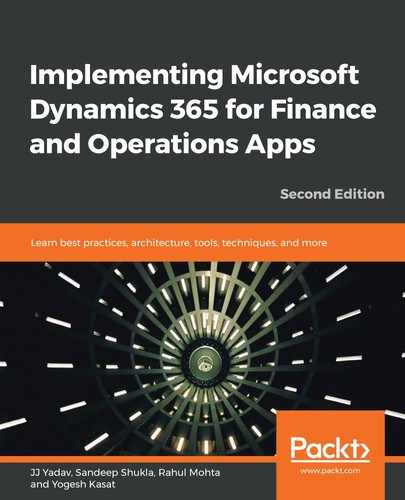|
Functional area
|
Guidance for scoping
|
|
General ledger history
|
- Prior years' history: Periodic balances for 2 years
- Current year until a set date, periodic balances
|
|
Customers
|
- All the active customers (and addresses)
- Has performed a transaction in the last 18 months, has an open balance, or has open sales orders
|
|
Vendors
|
- All the active vendors (and addresses)
- Has performed a transaction in the last 18 months, has an open balance, or has open purchase orders
|
|
Products and prices
|
- All the active products and prices
- Products have been created in the last 6 months, there is stock in hand, the product has open purchase, sales, or production orders, or the product was sold in the last 12 months
- Prices: All the active and future prices for customers and vendors
- Trade agreements and sales/purchase agreements in Dynamics 365 for Finance and Operations terminology
|
|
Open AP
|
- Migrate all the open documents: Invoices, payments, and debit notes
- Key fields: Vendor ID, open amount, description, due date, invoice number, document number, document date (original invoice date), method of payment, PO/reference, or any other information that you need in order to pay the vendor
- You should be able to run vendor aging and pay the vendors (1099 reporting considerations)
|
|
Open Accounts Receivable (AR)
|
- Migrate all open documents: Invoices, payments, and credit notes
- Key fields: Customer ID, open amount, description, invoice number, original date, due date, method of payment, customer PO number, and reference to sales order number
- You should be able to run customer/AR aging and collect payments from the customers
|
|
Inventory (on hand)
|
- Migrate in-hand inventory for each product by dimensions
- Are your product's numbers changing (this would mean changing labels in the warehouse)?
- Cost for each lot and dates for batch numbers
- Review the impact on inventory costing
|
|
Open orders
|
- Open sales orders and open purchase orders – orders that haven't been delivered yet
- Discuss the returns (you may need to refer to the old system for a short period of time)
- Orders that are delivered but yet not invoiced
|
|
Bank balances
|
- The last-reconciled balance
- Unreconciled transactions
|
|
Fixed assets
|
- The active assets: Assets that are in the possession and in the books
- Key values: Fixed asset number, acquisition price, accumulated depreciation till date, remaining periods, acquisition date/put-in-service date, date depreciation last run, serial number, assigned to, dimensions, and so on
|
